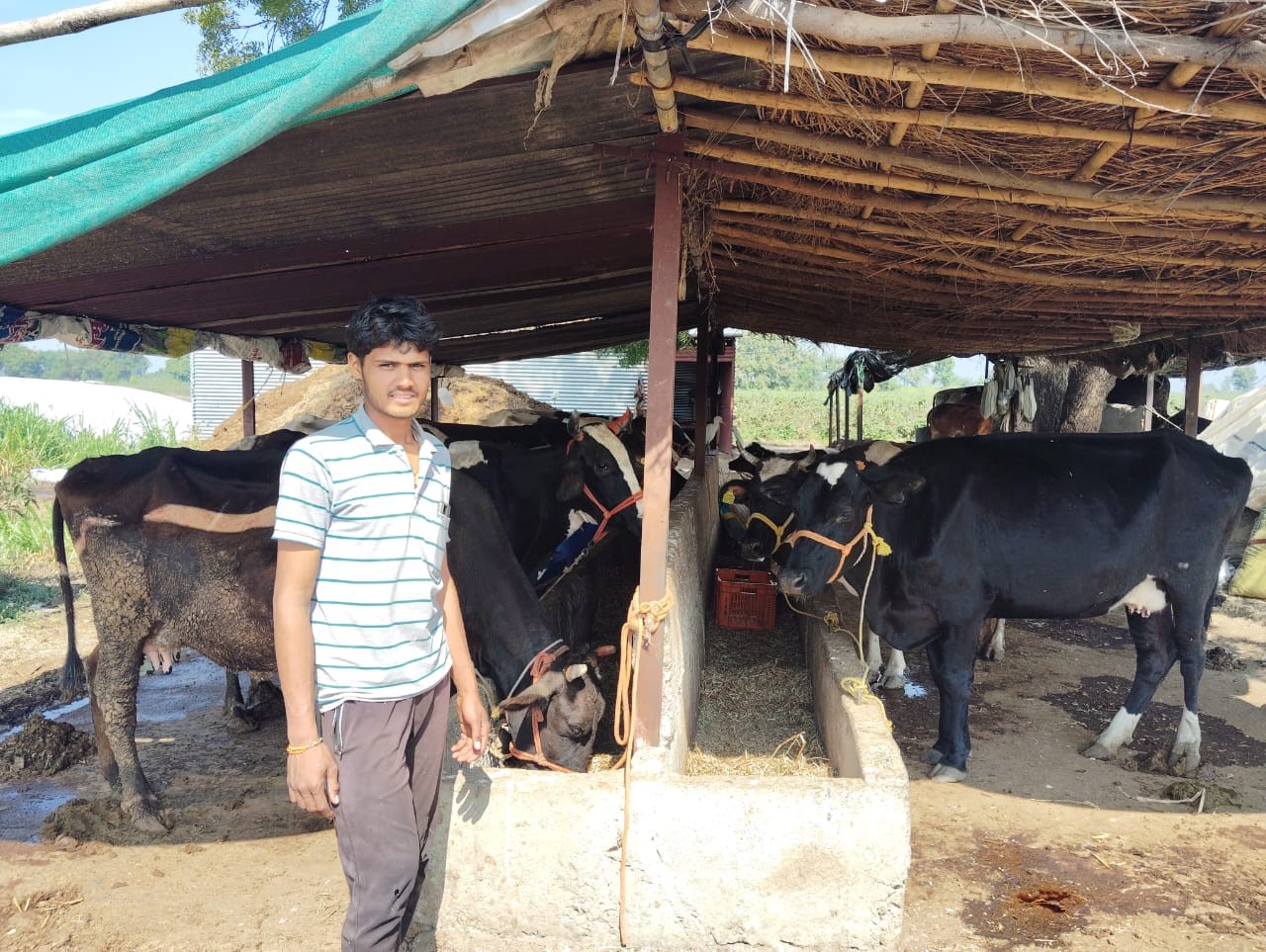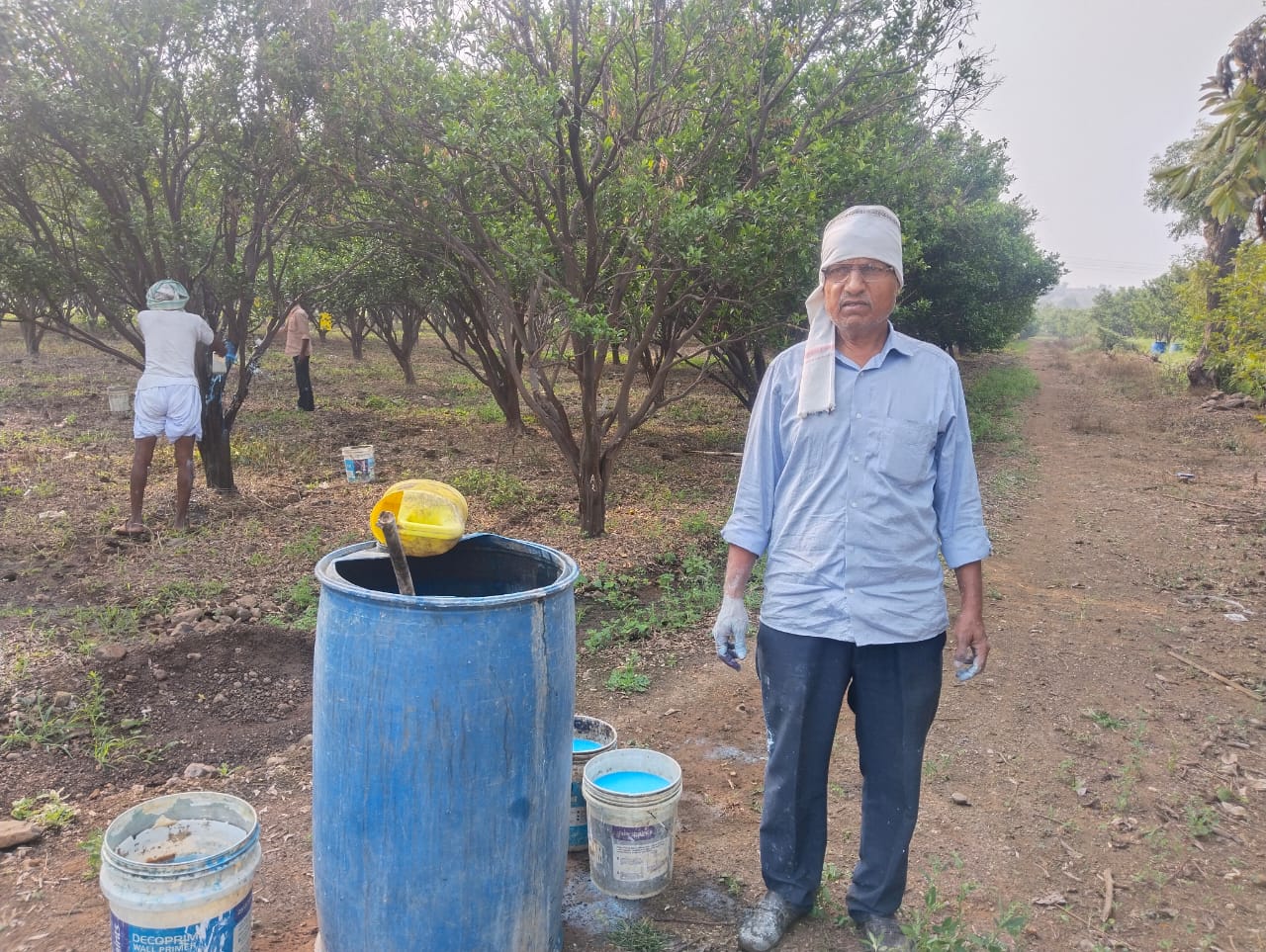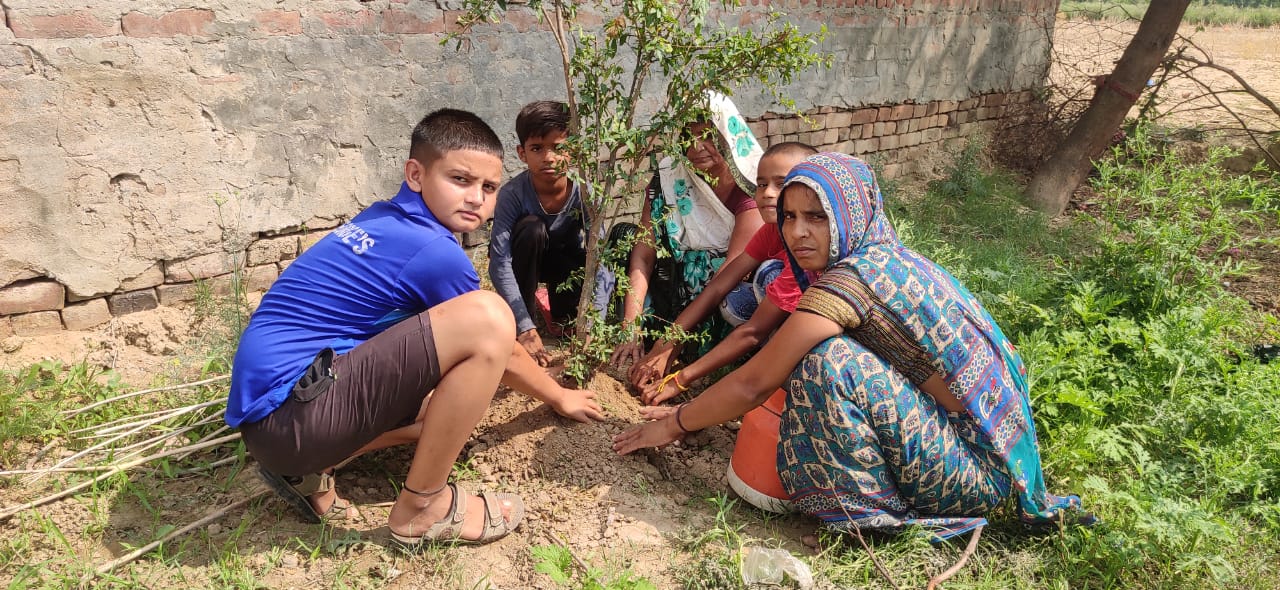Room to Read India has shifted its focus from in-class programs to embracing EdTech, enabling technology to connect and scale learning outside of school walls and reach children wherever they are
COVID-19 has been an unsettling phenomenon for the education sector impacting close to 320 million [i]children by 2021 because of school closure. Mitigating this situation was crucial and this is where virtual learning was quickly adopted to counter the learning losses.While this is a one off-situation,EdTech in India remains a hugely underdeveloped area, especially regarding the school curriculum. Lack of digitalized class-wise, subject-wise, and vernacular content, and lack of teacher capacity and infrastructure are all contributing factors to this problem. Since 2020, Room to Read India has shifted its focus from in-class programs to embracing EdTech, enabling technology to connect and scale learning outside of school walls and reach children wherever they are.
Established in India in 2003 Room to Read presently through its programs in eleven states— Bihar, Chhattisgarh, Delhi, Jharkhand, Karnataka, Madhya Pradesh, Maharashtra, Rajasthan, Telangana, Uttarakhand, and Uttar Pradesh— is benefitting 4.79 million children. Children and adolescent girls belonging to low resource schools and communities are the organisation’s primary stakeholders. While these students face the challenge of access to technology, their school teachers were found lacking in their knowledge and experience of technology. Most of them did not even own a computer. The transition from offline teaching practice to remote learning found them wanting. To strengthen the capacities of these teachers and ensure education continuity for children, Room to Read India stepped in as a facilitator and worked on developing resources, platforms and strategies for easy dissemination and consumption of information by these stakeholders.
Adoption of EdTech
Literacy skills and life skill development are core to Room to Read’s programmatic interventions. To substantiate the efforts in education technology, library resources developed by the organization for early learners have been adopted into multiple channels such as 236 read-aloud story videos, and 404 flipbooks published online – in Hindi, Marathi, Telegu, and Kannada languages. 40 audio games were developed in Hindi, Marathi, and Kannada, that could engage young learners at home with minimal supervision from parents. The read-aloud stories, games and flipbooks were disseminated through WhatsApp groups and IVR (Interactive Voice Response systems) created to reach students even with minimal internet connectivity. Room to Read also tested out an innovative pilot where storybooks were made available to both students and teachers through a dial in WhatsApp number via the Nalanda@Home Chatbot in Nasik. A total of 8,239 teachers registered on the platform and 2,7765 students tuned in to listen to the stories.
To support its Girls’ Education Program (GEP) participants (adolescent girls of grades 6 to 10), digital magazine (e-Gupshup) and motivational podcasts were created to boost their emotional well-being during the lockdown. Hosted over various platforms, they are now accessed by students from all over. In-class life skills lessons (https://www.youtube.com/watch?v=n5C3Q_tlQqA) were converted into interactive animated videos and games and hosted on YouTube. These resources eased the process of teachers explaining lessons in a remote learning environment to students. The development of a mobile application for GEP’s life-skills is underway. This app is expected to make accessing content easy for Government School Teachers and Life Skills facilitators.
Room to Read’s cloud platform www.LiteracyCloud.org now hosts nearly 1,600 digitized book titles in 24 different languages. The platform’s content is available in 15 different languages and has been accessed by users from 143 countries so far. The YouTube platform was used as a resource centre so that a wide audience, especially from tier 2 cities and rural areas, where internet access was limited, could have access to information.
Capacity building of teachers to support learning outcomes was a major spur to support a larger learning ecosystem. Materials like teachers’ guide, library guide, library books, self-learning animation style videos, and interactive games, that could be easily consumed by children from grades 1 to 5, were developed and disseminated. This has resulted in a shift to hybrid pedagogy, now used increasingly in classrooms. Much of the teaching-learning material developed by Room to Read India has been hosted on Government of India’s education platforms like DIKSHA Portal and Mission Prerna, hosted by Government of Uttar Pradesh.
One of the main programmatic challenges for Room to Read has been India’s fragmented digital access with roughly 1 in 10 Indian households owning a computer. 4% of these are students above the age of 5 years, whereas the percentage for urban students in this age group stands at 23%. Lack of adequate digital infrastructure in underdeveloped regions coupled with deep rooted societal belief that having a smartphone will corrupt girls, further leads to a gendered digital divide. Only 25% of adult females owned a smartphone in 2020, compared to 41% of adult males. In this regard, Room to Read India has been consistently working to highlight the challenges that girls’ face to access technology. Through its focused sensitization campaigns using mass media like radio and television, as well as other locally relevant communication channels, Room to Read India continues to reach a wide stakeholder base in most underserved areas of the country.
Linkages with SDGs
Room to Read’s Literacy Program focuses on strengthening foundational literacy among early grade learners to ensure that children get access to quality education (SDG-4), which leads to effective learning outcomes. While the non-profit’s Girls’ Education Program aims to equip girls with crucial life skills education, it also intends to achieve gender equality (SDG-5) and empower all women and girls for their bright future.
Indirectly, Room to Read’s has a strong connect with SDG 1(No Poverty). Room to Read believes the world’s biggest problems like—poverty, conflict, disease, intolerance, inequality, exploitation, and economic disparity can be fought with education, and that only education is capable of breaking the cycle of illiteracy and poverty within a single generation.
“The human brain is not designed for reading; rather, it is an acquired set of skills that have to be learned. Each one of us has to create a new circuit in our brain in order to learn to read. Reading though is not enough, making meaning is critical. Deeper engagement with text propels comprehension and higher-order processes like inferential and deductive reasoning, critical thinking, reflection, insight.
An expert reader needs milliseconds to execute these processes, however a young brain needs years to develop them. Room to Read primary focus has always been to create an environment for children that supports them to engage with the text in a meaningful way, irrespective of the platform.
Simmi Sikka
Associate Director
Quality Reading Material
Room to Read India
[i]Covid-19 impact: Schools’ closure hit 320 million kids : The Tribune India accessed on 18th April 2022.








